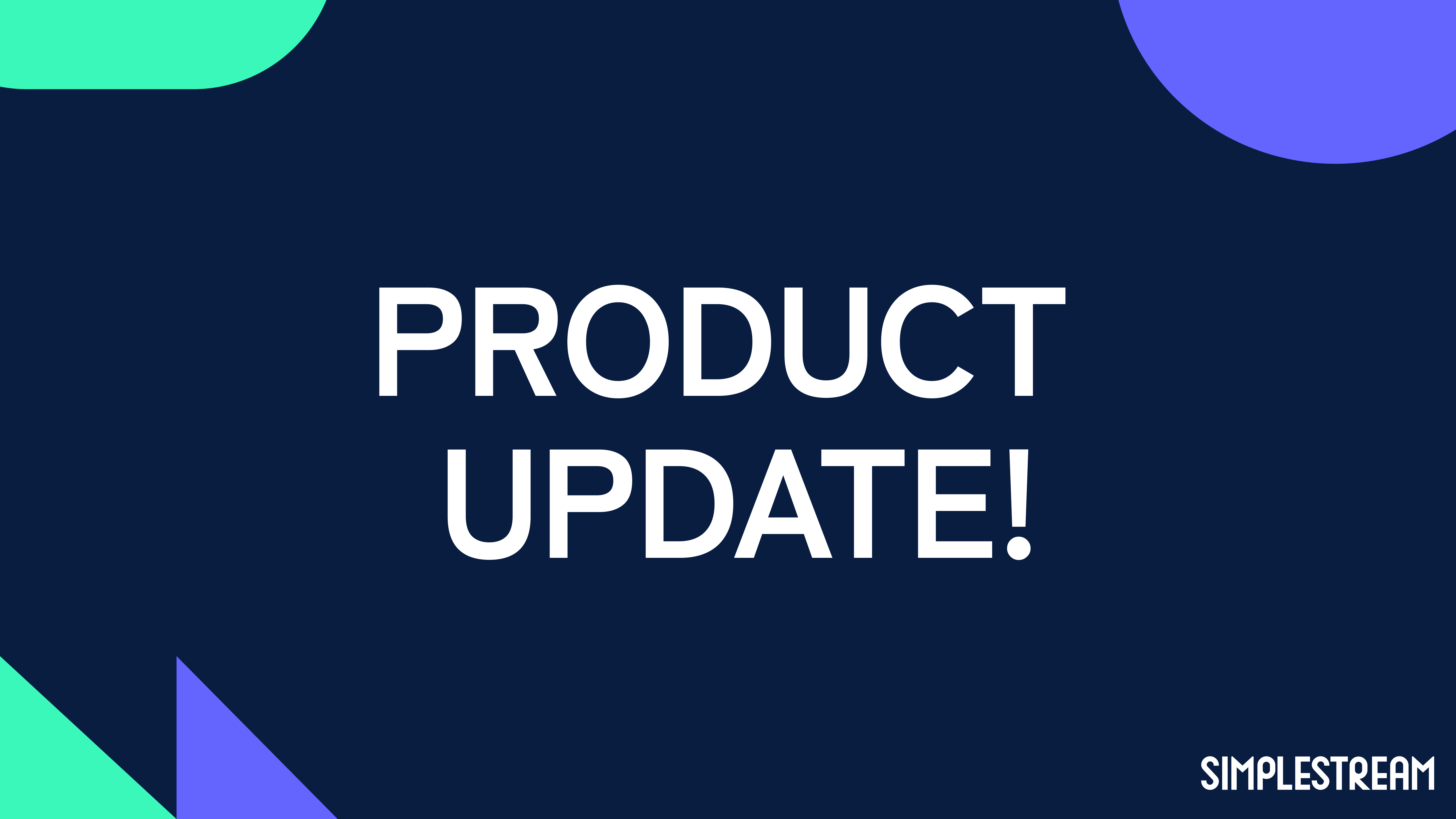OTT platforms and revenue: have you boarded the data analytics shuttle yet?
Understanding your audience is a key indicator of success for OTT services. Have you boarded the data shuttle yet?
Understanding your audience has become the real indicator of success for OTT and streaming services. Deciphering who your customers are, what they do, how, and when, is now a must, even more so as GDPR regulations have it more difficult for valuable insights to be extracted.
You need a shuttle, to move back and forth along the path that links your platforms and your revenues. You need a means to enrich your user experience overall and enhance the opportunities for monetisation. And that is what data analytics stands for today. It’s the most powerful asset you can think of to make sense of your strategic approach and generate significant ROI. Broadcasters, content owners, media, and sports entities – no matter who you are and how you intend to distribute your content – live by data-driven insights. Data is the queen that sits next to your content.
So, here is the question. Do you own the right instruments to make the most of your audience’s data? Continuous innovation leads to better business results. And a data-driven approach – especially when going direct-to-consumer – becomes the only possible way to ‘win’ in this complex game.
Customer data is key
It’s your primary way to try and understand your end-users’ habits, preferences and purchasing patterns. Understanding their way to consume content informs a multitude of other elements that, sooner or later, become the most relevant ones in the landscape of your OTT or streaming service. I’m referring to four key metrics (at least), that in the past couple of years have really stood out as the most reliable performance indicators in the OTT video world. In detail:
⏯ Plays aggregate all the play attempts in the last timeframe, and it’s the action that drives all other metrics in an OTT streaming service.
⏱ Average Playtime per user records the average time of play for all views registered in the platform, across multiple devices, over time per single user.
👀 Join Time measures the time from when the viewer intended the video play, to when the first frame of the video is displayed.
🔚 Play vs Completion Rate displays how many plays reached each level of completion of the video being viewed within the selected. It results in a percentage, where 100% means the play reached the end of the video and shows how far into the content you’re seeing the most users exit.
The three examples of KPIs mentioned above are sets of data analytics operators must look at today. They go beyond mere popularity of specific content and are focused instead on the analysis of the user experience. Using these metrics and filtering them by using analytical dimensions (think of location, device data, video metadata, etc.) can drive deeper insights. What is your most popular source of content? And your least popular platform? Which type of content records the highest levels of interaction? These insights can influence content purchasing decisions, as well as operational and promotional changes to your set of applications.
That’s the currency through which content owners and service providers can impact viewership figures. And, ultimately, keep nurturing that path that goes along your revenue streams.


